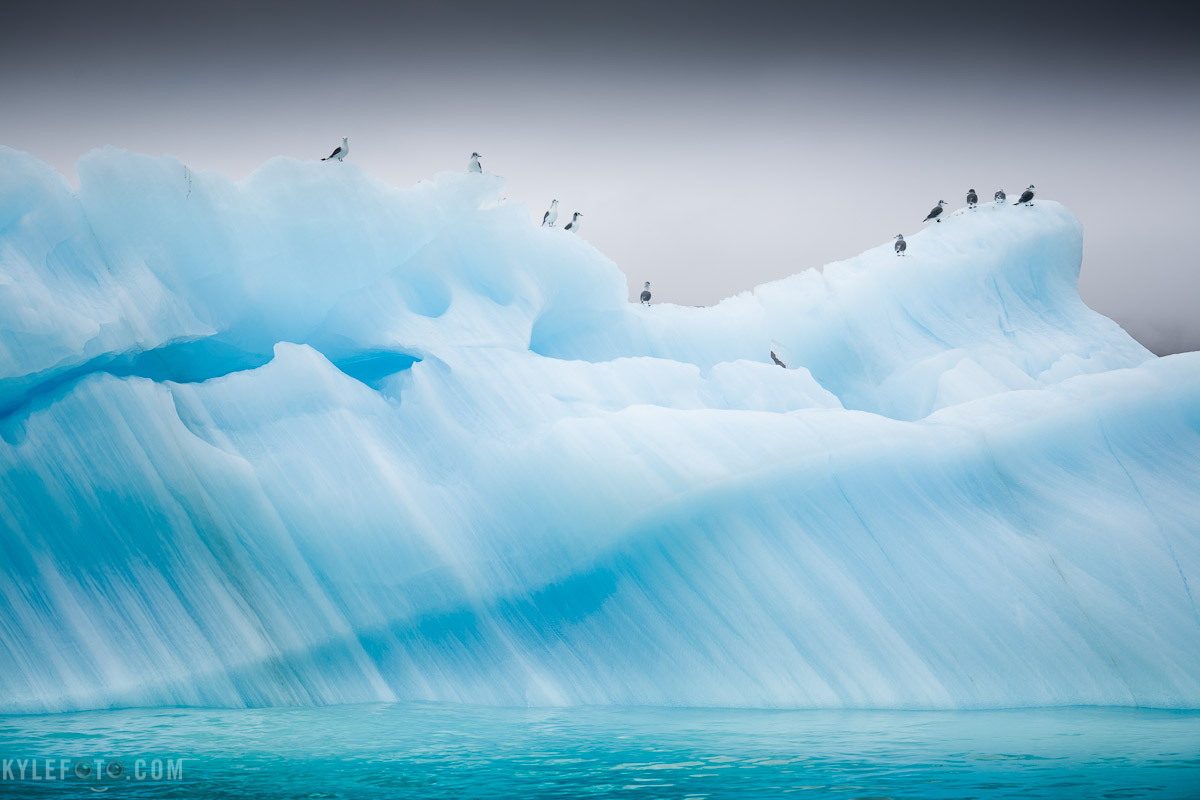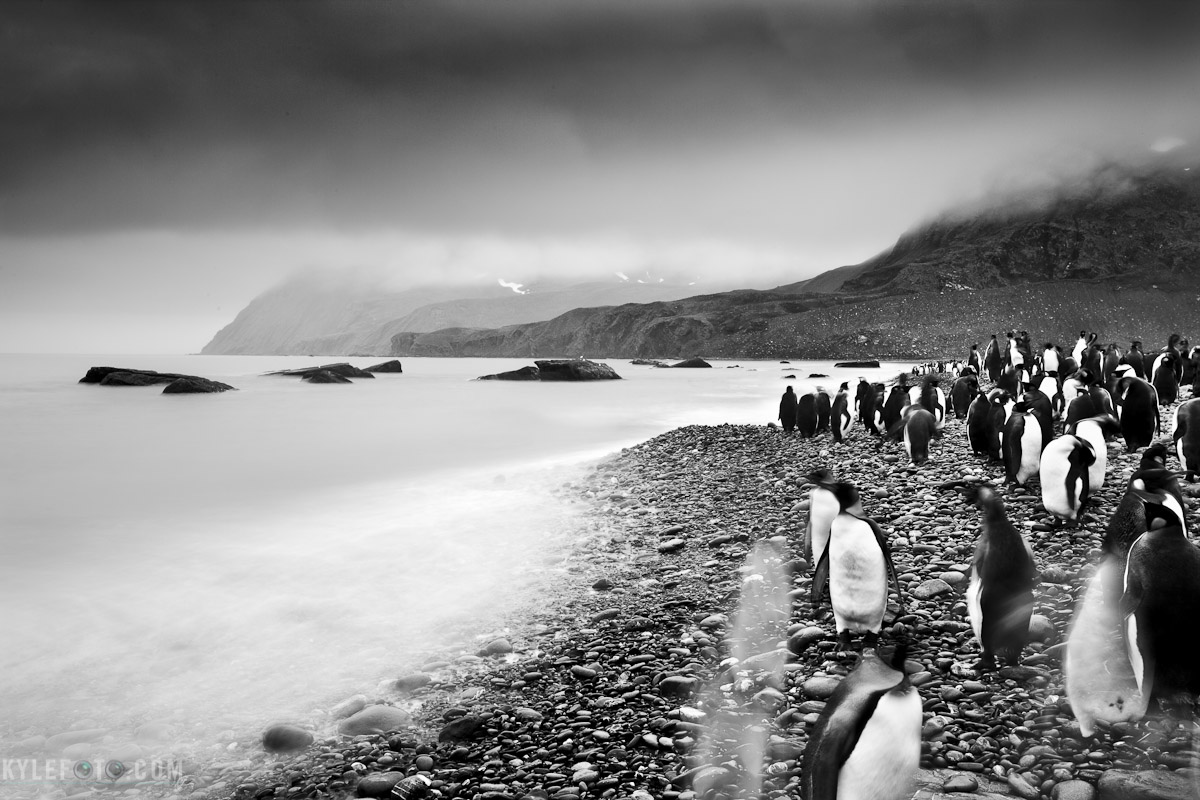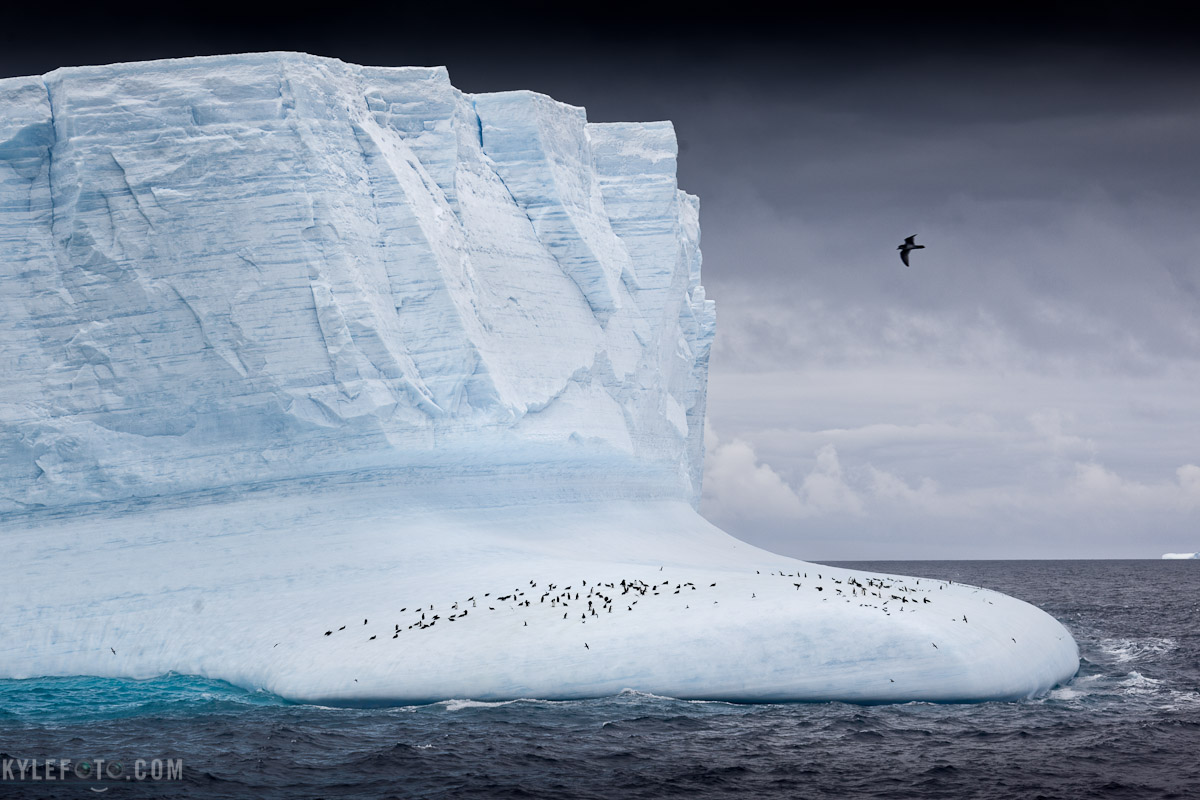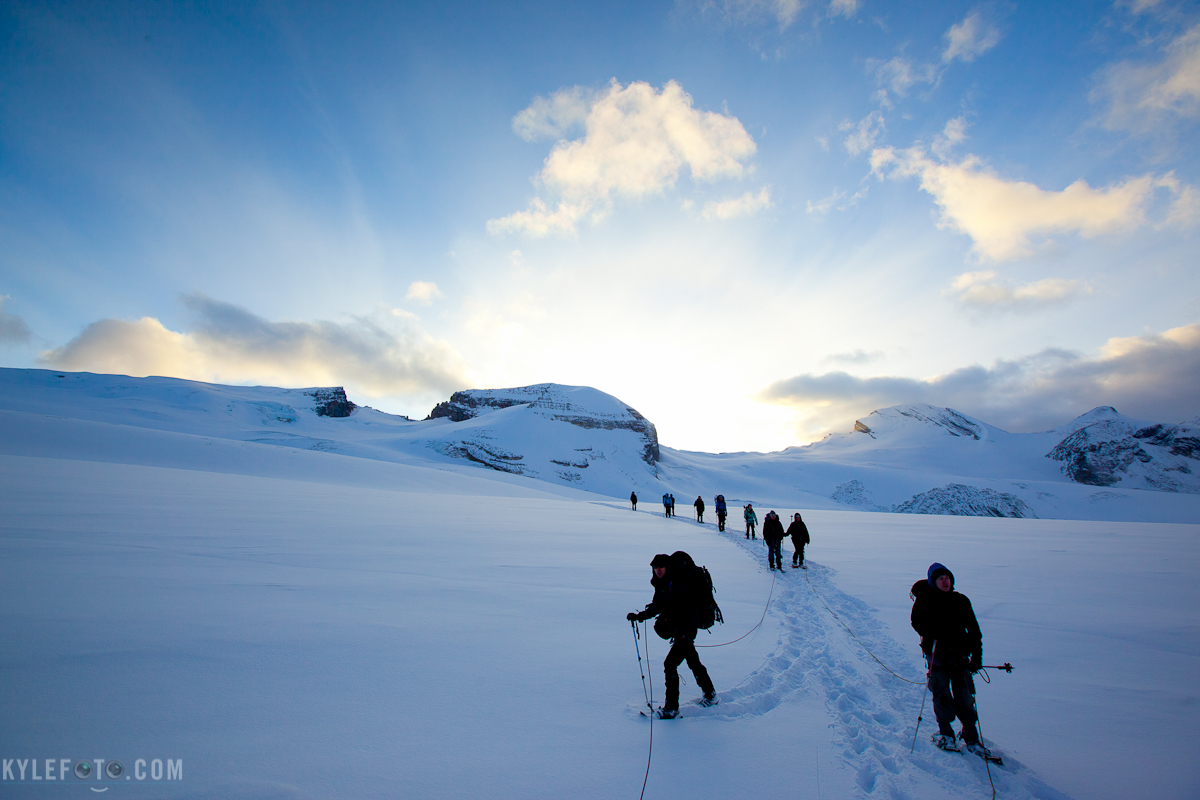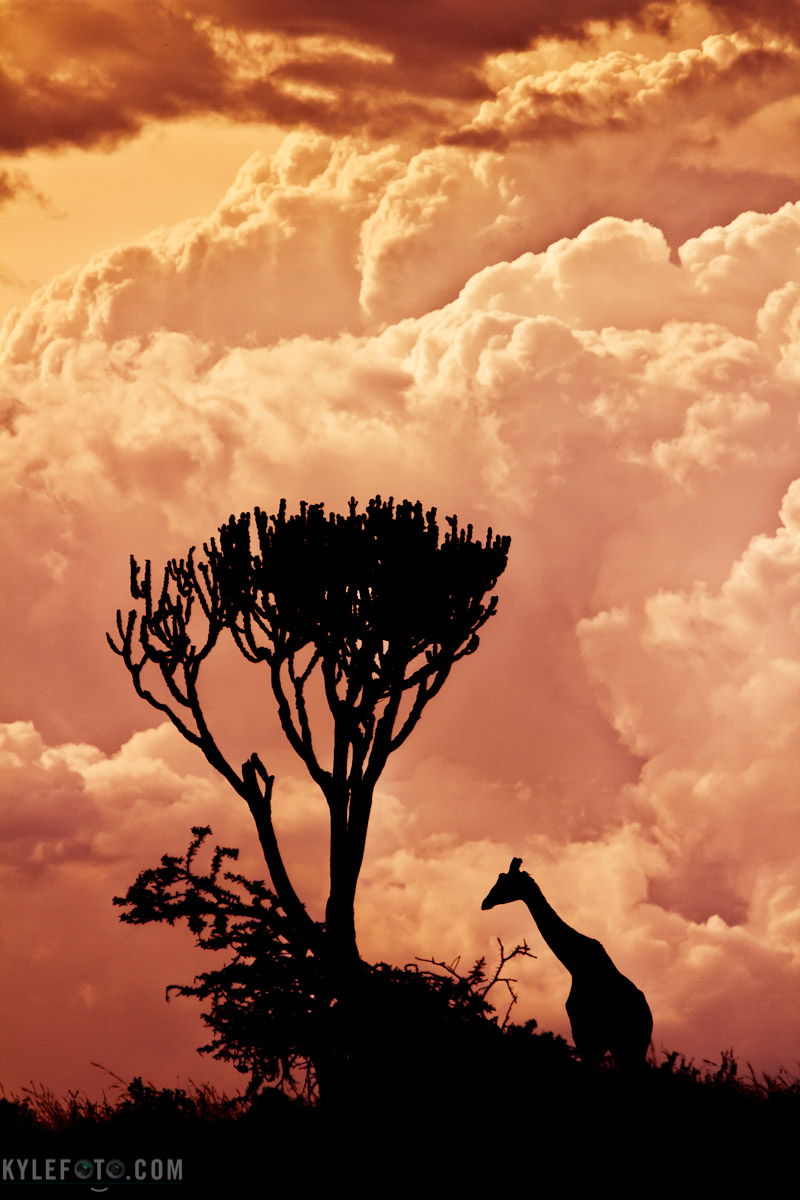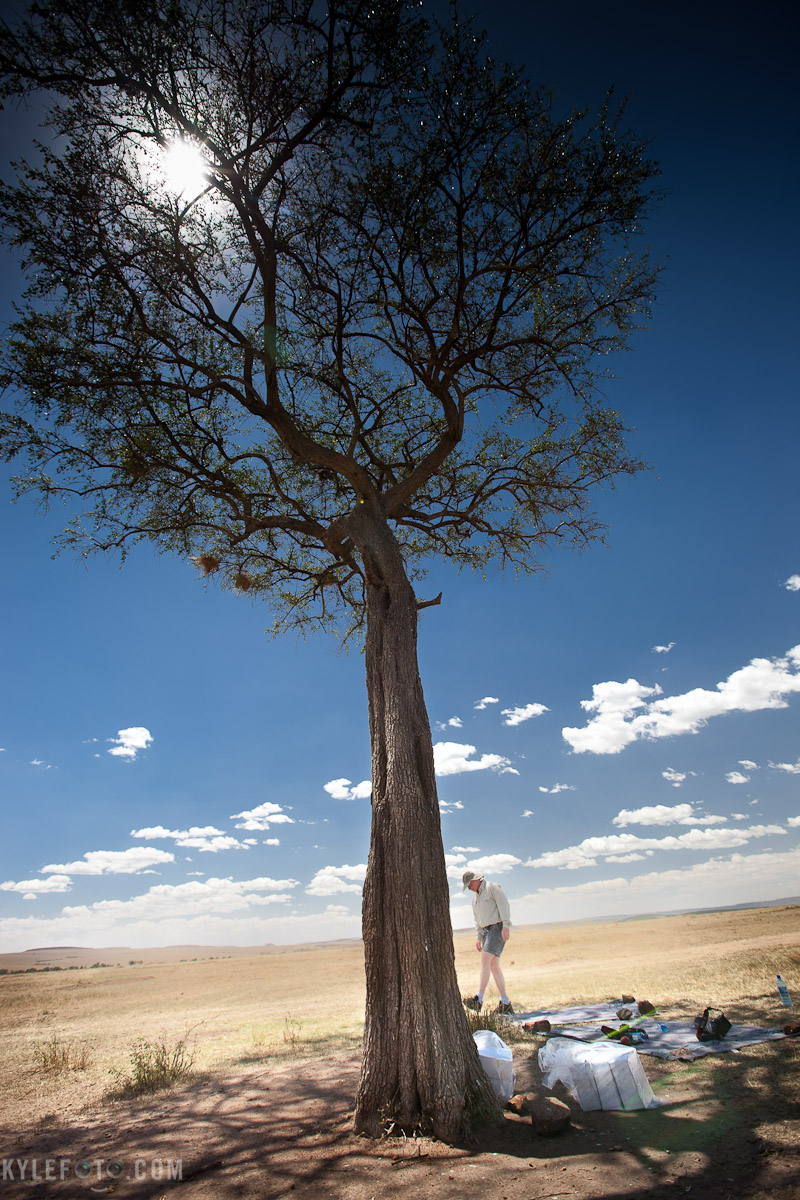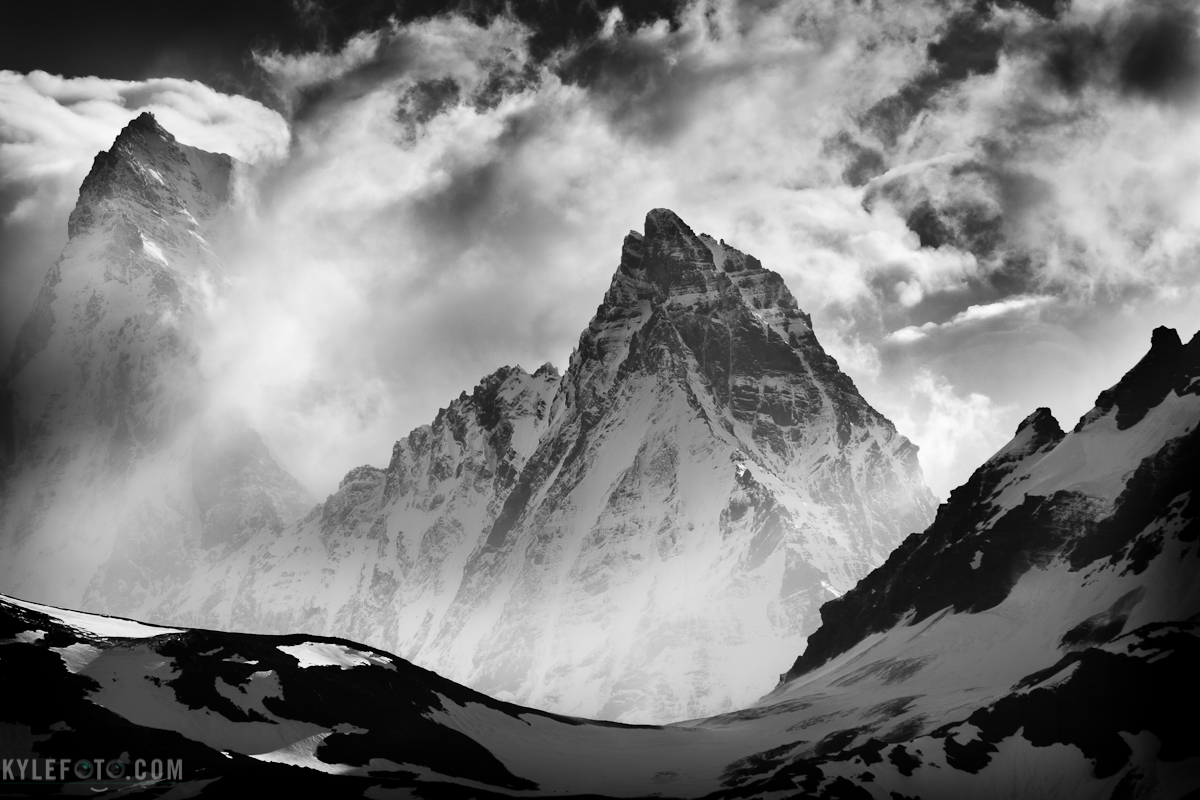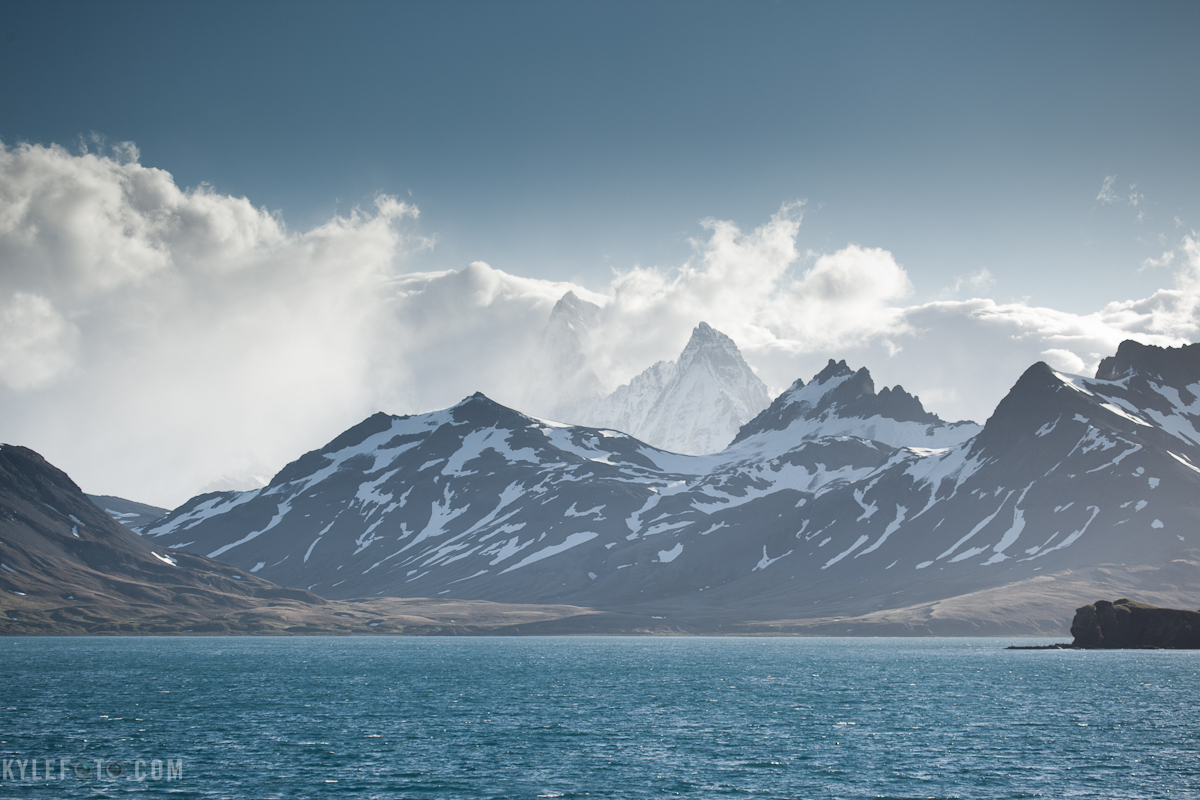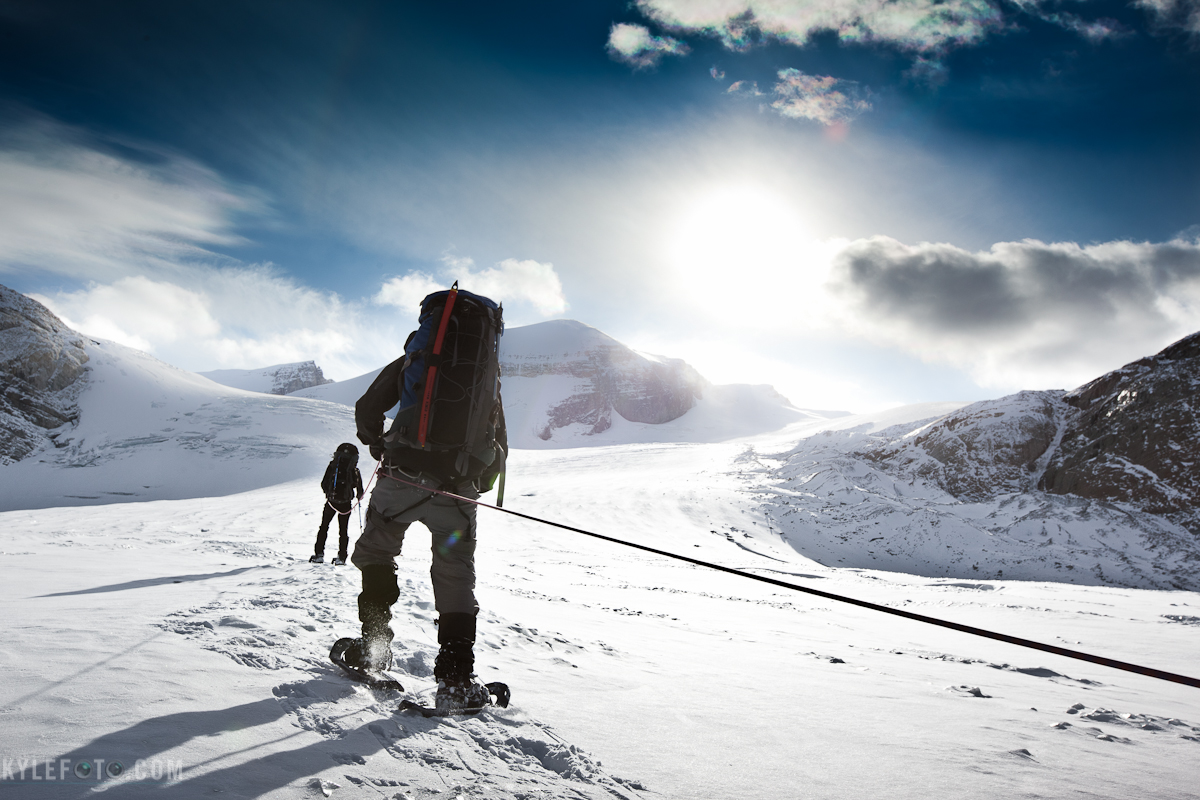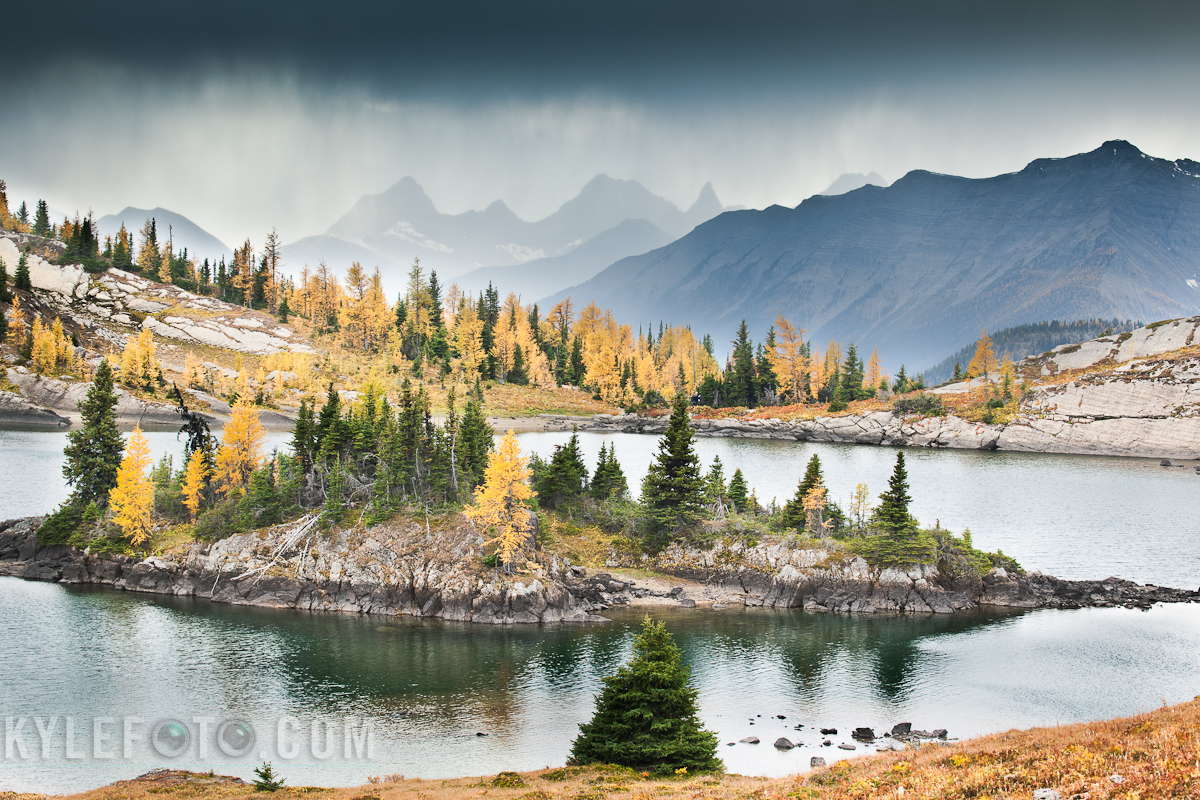Masai Mara, Kenya, Africa
All of these photos were taken in one 13 minute timespan. (with exception of the vehicle shot)
It was a fantastic morning in the Masai Mara, we were photographing mother Cheetah while she was relaxing before the sun even came up, then the golden light lit her magnificently as she looked over her four cubs. Later she stood and walked away with great purpose, indicating she was on the hunt.
Click for Larger image, Mother cheetach watching her cubs

To great protest of my passengers this is where I decided to quit photographing the cubs playing and drive off ahead of mother in hopes of catching her on the hunt, an executive decision I was worried I might regret.
Young Cheetahs still have claws for climbing

We drove ahead and waited for mother to appear over the crest of a hill where a lone gazelle was grazing. She appeared, but way too far away even for a 600mm lens! She bolted for the gazelle and at blazing speed the two of them ran down the hill past us, the gazelle doing an inertia-defying U-turn running down towards us then right past our vehicle, click-click-click-click, the safari vehicle sounding like a mock barrage of machine guns as the two ripped past us. The gazelle did another quick turn and by then the cheetah had used up her energy burst, the gazelle got away this time. It all happened in the span of 10 seconds, and it felt like they were doing it for show given how they ran past us like that, it was incredible and everyone got such cool shots!
Camera Settings

Photographic Details: A photographer has two major decisions to make in a situation like this: Either try and freeze the action so that every part of the cheetah is captured perfectly still, or to create a sense of motion so that most of the cheetah is clear except for her legs and background which is blurred with motion. I chose the latter.
You can get very close in Africa!

It all comes down to shutter speed: I knew the Cheetah is capable of running at 120km/h, and after a lot of practice with moving horses and vehicles I knew that an extremely slow shutter speed of 1/160th of a second would be a great point to start. This is considered a very slow shutter speed while using a 400mm telephoto lens (like the Canon EF 100-400mm f/4.5-5.6 L IS USM Lens I’m using). If you use a setting like shutter priority then all you needed was to set your shutter speed and you’re almost done.
Going after the Gazelle

I would be tracking the movement of the Cheetah and following her exactly as I panned from right to left. For those with image stabilization a slow shutter speed and panning motion could cause the stabilization system to try and compensate for the panning, resulting in a blurred image. If you have an advanced lens that allows you to go into a secondary stabilization mode use it, in the canons mode 2 is made for panning shots.
Also note how dirty, dented scratched and chipped my lens and camera is, that’s the mark of a dedicated photographer ;)
1/160th of a second, F7.1 shot in RAW, ISO 100.
The final great shot!

This was taken on my last photo safari, I have two more coming up in 2011 check them out here!
Additionally this print is available on smugmug.






